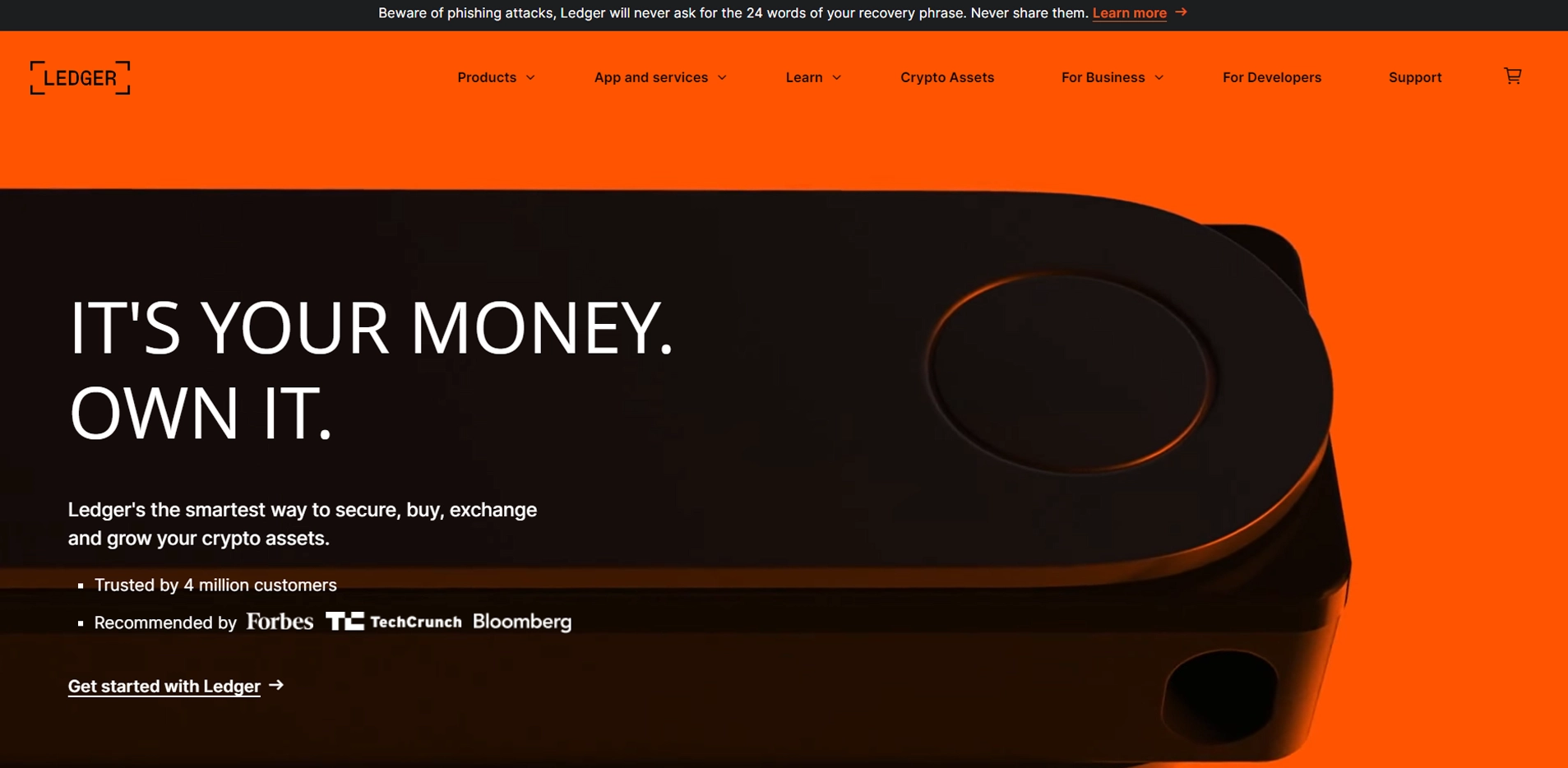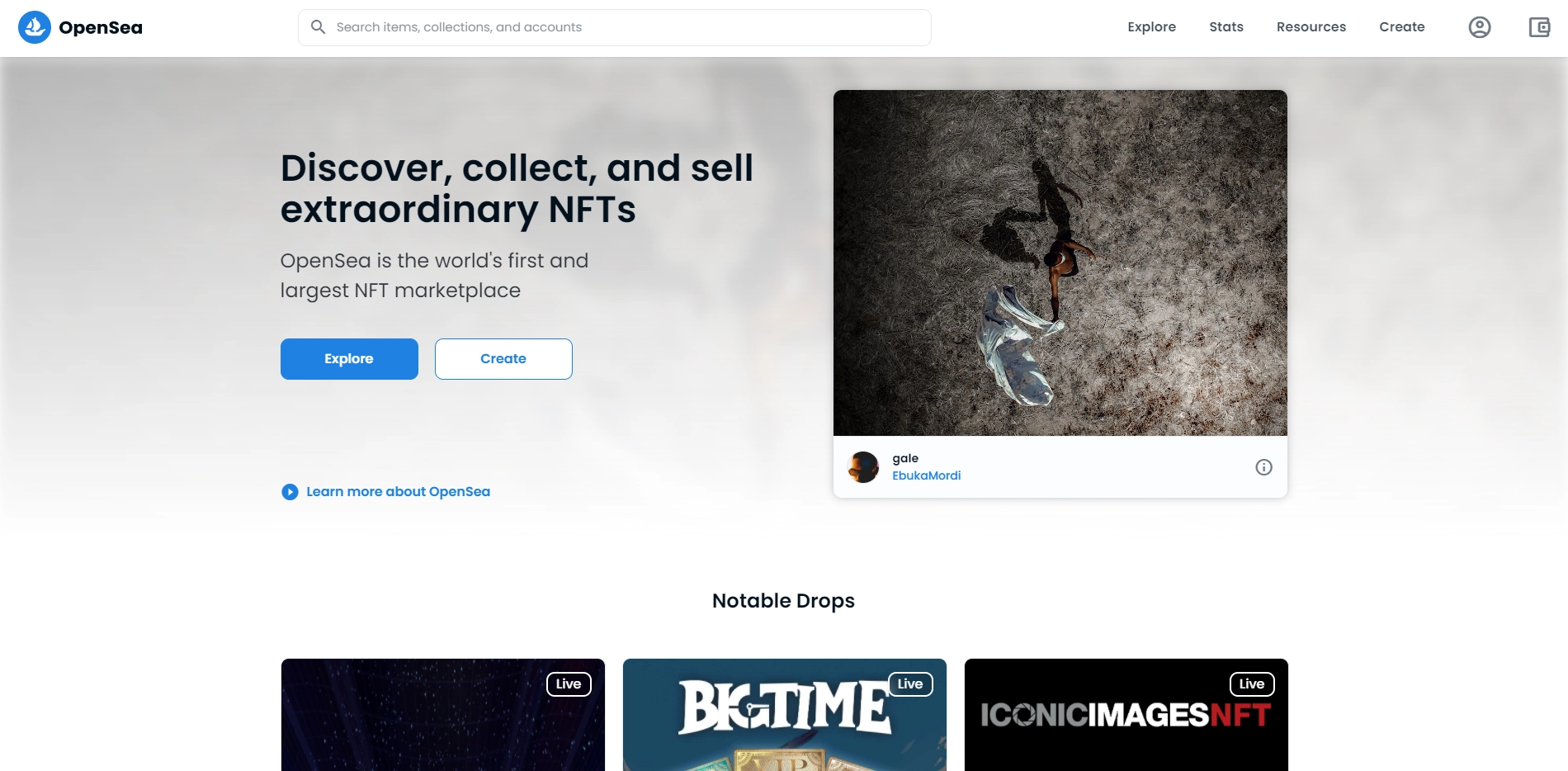How to Secure your NFTs in 2023
Since their inception in 2014, NFTs, or non-fungible tokens, have been the most sought-after digital assets in the crypto world. At their core, NFTs are an asset that gives ownership rights and cannot be replicated or claimed in any other way. The rising popularity of NFTs have not only attracted artists, but also a lot of scammers and fraudsters into the market. To minimize risks, here are a few ways to protect your NFTs.
Key tips to protect your NFTs
1) Store NFTs in non-custodial wallets
Non-custodial wallets are crypto wallets where you are completely in control of your private keys.
It reduces the risks of hacking and infiltration by a third party. These wallets have multiple layers of protection like private keys, PIN words, touch identification, and a 12- to 24-word seed phrase, making it very difficult to hack these wallets. But no matter how safe they are, they are susceptible to phishing attacks and malware.
The best way to keep your wallets safe is to store your private seed phrase in a separate place, like on a piece of paper.
Never disclose your private keys to anyone. Do not store your private keys in the computer, since hackers could access them through your internet or wifi network. Use a combination of letters, numbers, and symbols for your passwords.
You can also use a VPN service to hide your IP address from the internet.
Software wallets like Metamask are considered standard safe wallets for storing NFTs, but one of the biggest challenges of these wallets is that all the passwords and seed phrases are stored in the browser, which can be hacked.
Hardware cold wallets are by far the best wallets to store your NFT coins or any digital assets, like cryptocurrencies.
Hardware wallets can be hot wallets in the sense that they can be connected to through mobile internet connectivity. However, hardware wallets are a form of cold storage because all your passwords and assets are stored offline in an external drive, and once the internet connection is off, there is no way to track your assets or decrypt the passwords.
Ledger and Trezor are popular hardware wallets.
Another good way to protect your NFTs is to spread and store them in multiple wallets. Just as a person may have multiple bank accounts, instead of storing huge sums of NFTs in one wallet, we can store them in different wallets and spread the assets. This way, even if a hacker gets the chance to hack one wallet, the rest of your assets are safe.

2) Look out for fake accounts and untrustworthy websites
The internet is filled with scammers who want to persuade you to participate in a scam. Unfortunately, the crypto industry is very tough, and even smart and experienced traders have been victims of scams.
Look out for fake accounts and fake minting sites. Always go for trusted official sites. Do some research. Don’t put too much faith in direct messages. Some people are great impersonators.
Check the identity and the online reputation of account holders. If you feel that the deal is unbelievable and too lucrative to be true, then it probably is.
There are a number of ways to minimize your risk.
Customize your spend limits in your wallet.
Don't reply to cold emails, and verify QR codes sent by strangers.
Avoid opening unverified files and PDFs, as they could contain malware.
Use different passwords for different wallets, since reusing passwords could compromise your wallet.
Remember your wallet seed phrase is meant to be kept secret - don’t share it with anyone.
If you use a software wallet, avoid downloading or linking to websites through your Twitter, Instagram, or Telegram account, as this may compromise the wallet.
3) Use a trustworthy NFT marketplace
Always go for reputable NFT marketplaces. That said, even well-known sites aren’t foolproof. Through a recent scam involving the OpenSea marketplace, millions were hacked when hackers impersonated the platform and sent fake links to customers.
A few points to remember:
A reputable market will never ask for a customer’s password or seed phrase.
Sites use official email accounts. If someone sends you an email from that company with gmail.com or Hotmail.com, it’s a scam.
One of the best ways to review a platform’s legitimacy is to check their public audits. This may be challenging for new platforms, but it’s best to be careful.
Discord servers can also be vulnerable. It’s possible to hack discord servers and announce stealth mints with limited edition. Buyers get excited, invest, and get scammed. Watch out for the details. Does it sound suspicious?
Fake mints are growing nowadays, so it always helps to do your research. For example, you can go to their Twitter accounts and check whether the followers are for real, or chat and engage in the discord server to see whether or not they’re genuine.

Bottom line
The best way to defend against NFT thefts is to always be cautious. Safeguard your wallet and your computer with passwords and antivirus software. Use trusted websites and platforms. Build a network and follow popular NFT Twitter accounts and Telegram news and keep yourself updated about what is going on in the NFT market.
See what your peers are doing and where they are investing. If you are new, stay low profile and study the market. Don’t plunge into investments that you will regret later. Study the market thoroughly before you invest.

